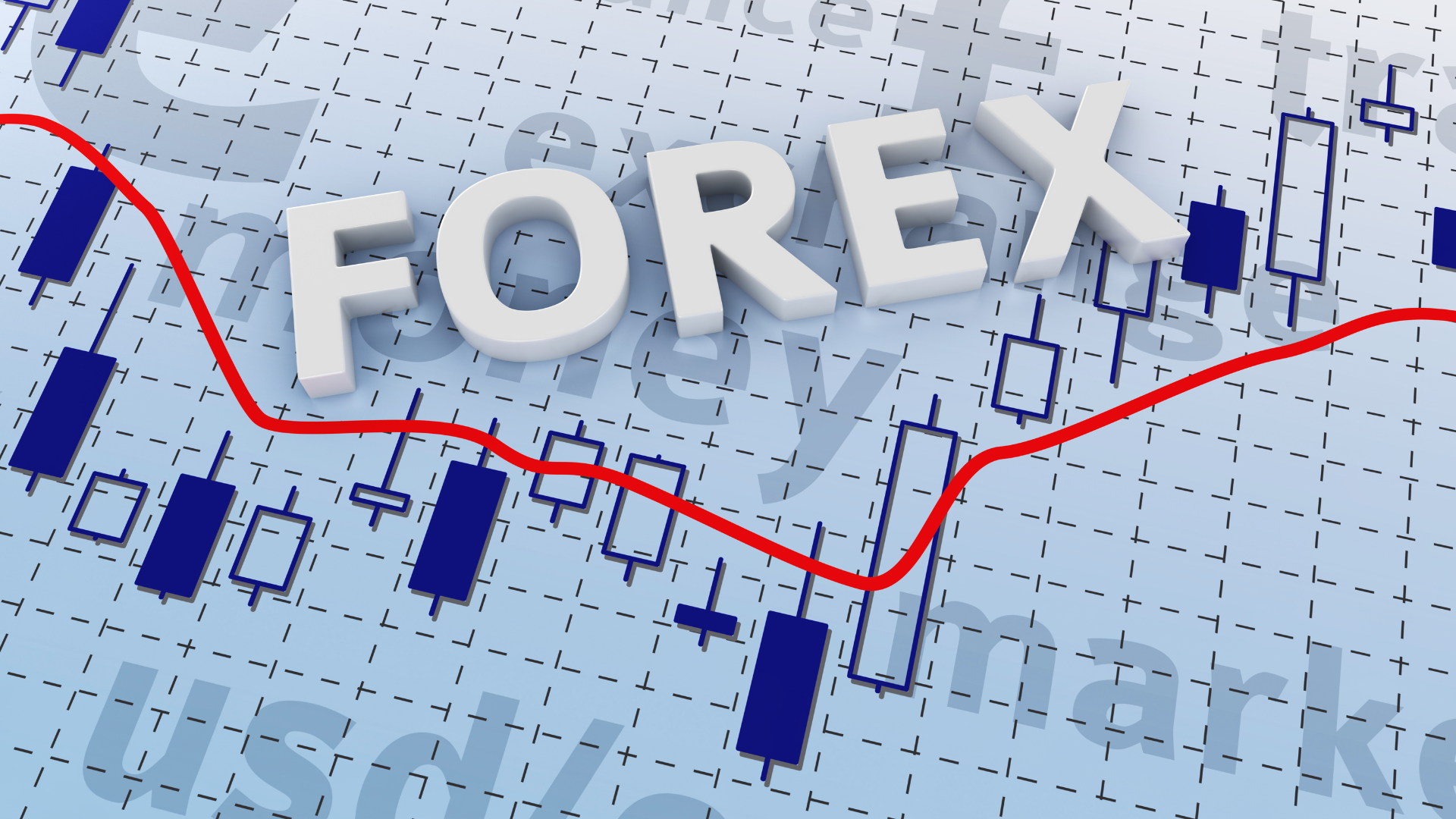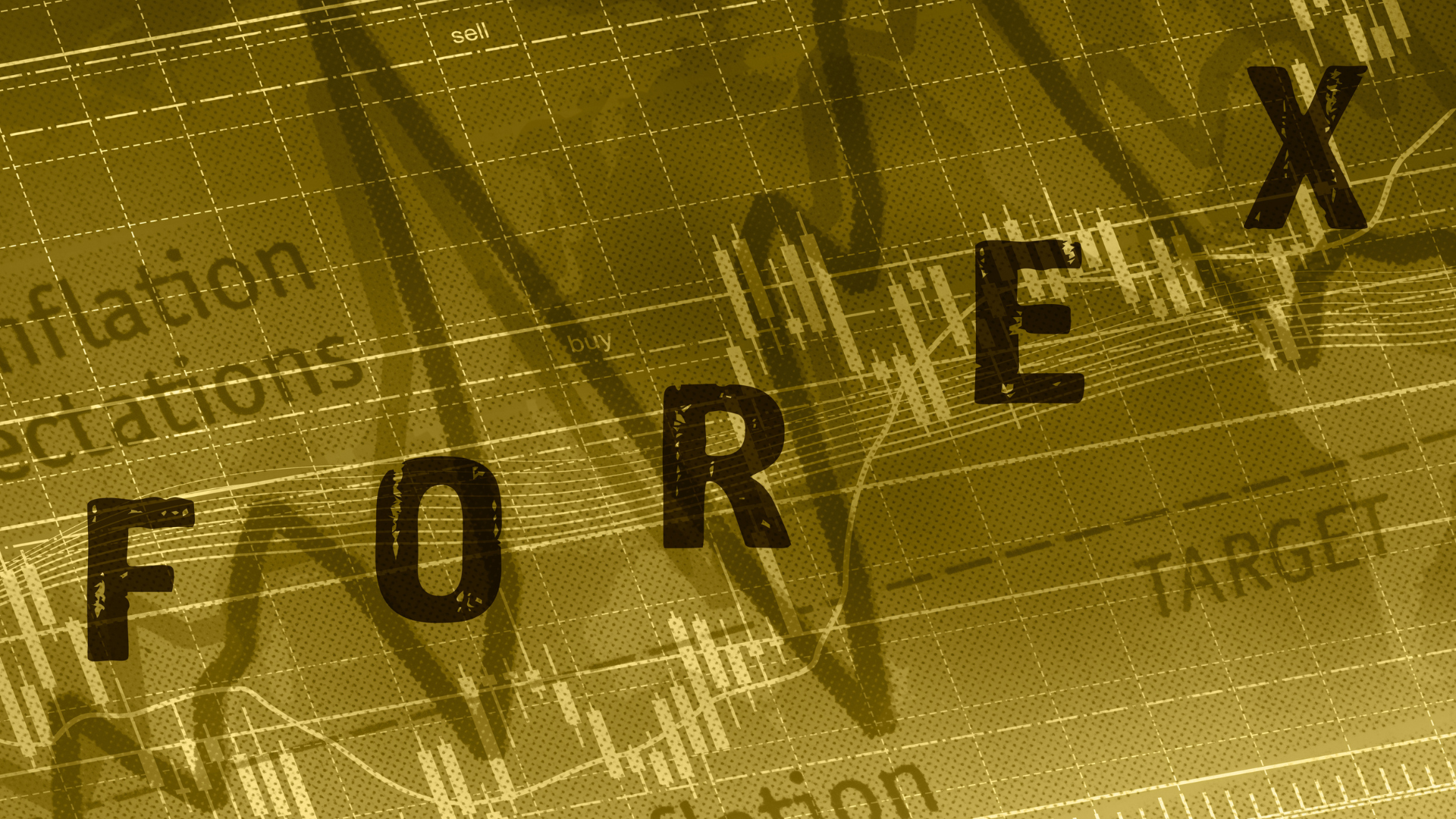Forex Trading
Forex trading is the trading of currencies through currency pairs in options, futures, and forwards, while other forms of forex trading include spot (cash) markets, indices, and currency swaps.
Given the increased volume of trades in the forex industry, more clients are seeking information about the industry as well as a brokerage firm. As a brokerage firm, Orient Futures Singapore offers fuss-free connection and accessibility to trade any time 24/5.
Subsequently, this post will define some of the terms from the forex industry that will help beginner and intermediate forex traders in your research journey.
What is Spread in Forex
It is often described that forex spreads and commissions are relatively competitive. But what is a spread?
A spread is the difference between a forex broker’s sell rate and buy rate when exchanging or trading currency.
These spreads usually vary anywhere between one to five pips between two prices. A low spread indicates that volatility is low and liquidity is high, while a high spread indicates a large difference between the bid and ask price, which are either caused by volatility or events that cause shocks to the forex market. Therefore, traders are often seeking low or “tighter” spreads as it entails lower costs and more value.
Moreover, as the spread is a difference between the market price and the price a broker is listing it as, the difference can also become a profit.
A key difference in the spread between the forex industry and futures industry is that a futures spread is an arbitrage technique in which a trader takes offsetting positions on a commodity to capitalize on a discrepancy in price. This is also covered in the post on “what is spread trading” which can be accessed here.

What is a Pip in Forex
What is Margin In Forex
Margin is a dedicated amount of money that a trader needs to put forward in order to place a trade and maintain a position. This can be 1% of a contract that deals with 100,000 currency units or 2% to 3% as decided by the exchange and the brokerage firm.
The term “margin” is also used synonymously with the term “margin call”, which refers to a notification sent by the broker to inform a client to top-up or deposit more money into the trading account to prevent the closure of positions.
Hence, it is important to keep an eye on the margin and the floating loss so that traders can react to changes or await the market to reverse back into their favour.
What Time Does The Forex Market Open
The forex market is an international one that is traded around the world and there is no central marketplace. Instead, it is conducted electronically over the counter (OTC), which means that all transactions occur through online networks. As it is traded around the world, it is open over a 24-hour period, depending on the time zone.
Some of the main financial centres include countries such as UK, USA, and Singapore.
Hence, the trading hours/forex market hours are usually accepted as New York, followed by Tokyo, Sydney, and London.
New York: 8 am to 5 pm EST (1 pm to 10 pm UTC)
Tokyo: 7pm to 4am EST (12am to 9am UTC)
Sydney: 5 pm to 2 am EST (10 pm to 7 am UTC)
London: 3am to 12 noon EST (8am to 5pm UTC)

What Are Some Examples of Forex Futures Contracts
Among the many options of futures contracts, EUR/USD (Euro/US dollar currency futures contract) is one of the more popular. Other contracts are the E-Micro Forex futures that trade at 1/10th the size of regular currency futures contracts.
Apart from the two products mentioned, exchanges such as SGX also provide a full list of futures that are full-sized, mini, or month-end. These fx pairings can also be sorted by name and types accordingly.
What can Forex be Used For
Forex can be used for the purposes of hedging.
Firstly, domestic companies that trade in foreign companies are at risk due to fluctuations in currency values when purchasing from an overseas market. However, the presence of a foreign exchange market fixes rates at which a transaction will be completed.
Subsequently, to use this as a hedge, a trader can buy or sell currencies in the forward or swap markets in advance, which locks in an exchange rate.
For example, assuming that SGD and USD are of the same value, 1 SGD = 1 USD. When selling a product such as a cup from Singapore to America, the profit was initially at $5 per cup. However, when the U.S dollar begins to rise in value, it will cause the profits in SGD to decrease as the USD converted back into SGD is much lower.
Therefore, by short-selling the Singapore dollar and buying the U.S dollar in advance when it was at parity, the company can then sell the U.S dollar to offset the reduced profit from the sale of cups.
Either way, the hedge works for the value of the dollars as well as the sale of cups, in which one might rise, and another might fall accordingly. Therefore, hedging can be done through the forex market.

What Affects the Forex Market
The forex market is primarily affected by country policies and central banks. Quantitative easing, for example, involves injecting money into an economy which will cause its currency price to drop.
Another cause of a devaluation in currency may be inflation. Inflation signifies a decrease in buying power, weakening the currency in relation to other currencies. This is also tackled by certain governmental strategies such as the recent increase in interest rates by the US.
Other factors that are important to keep in mind include market sentiment, economic data, and credit ratings which are indicators of a country’s likely changes in its currency for the upcoming months.
Start Trading With Orient Futures Singapore
Being an Overseas Intermediary of Shanghai International Energy Exchange (INE), Dalian Commodity Exchange (DCE), and Zhengzhou Commodity Exchange (ZCE), when foreign clients participate in internationalised futures contracts in these Chinese markets with us, they have direct access to trading, clearing, and settlement. Our parent company, Shanghai Orient Futures, is the largest broker in terms of aggregated volume across the five regulated exchanges in China.
Orient Futures Singapore also currently holds memberships at the Singapore Exchange (SGX), Asia Pacific Exchange (APEX), and ICE Futures Singapore (ICE SG).
We provide premium customer service at an affordable cost to all our clients. Our team will be there for you 24 hours on trading days to provide a one-stop portal for all your trades, with simple processes and an intuitive user interface that has low or near-to-zero latency.






